The garden did not begin twenty years ago with the intention that it become a wildlife refuge, but intended or not, rabbits, squirrels, and chipmunks are sighted daily, signs of deer are seen everyday, with groups of five or more often seen at dusk. Raccoons, groundhogs, skunks, foxes, and possums are witnessed on occasion, along with turtles, hundreds of frogs, black and garter snakes (every now and then a copperhead), and incalculable numbers of bees, butterflies, and birds.
There are four small garden ponds and a large pond with perhaps seventy-five koi and goldfish, so there is sufficient water available to encourage wildlife to visit regularly to quench their thirst. A small creek runs along the southern edge of the property, bordered to each side by a narrow strip of mature forest of poplars and swamp maples, a few oaks and beech, with dogwoods, sassafras, and brambles at the margins. Through the years I have planted so that on the acre and a quarter property there are only three small areas of lawn, surrounded by a dense jungle of trees and shrubs, evergreens, and perennials.
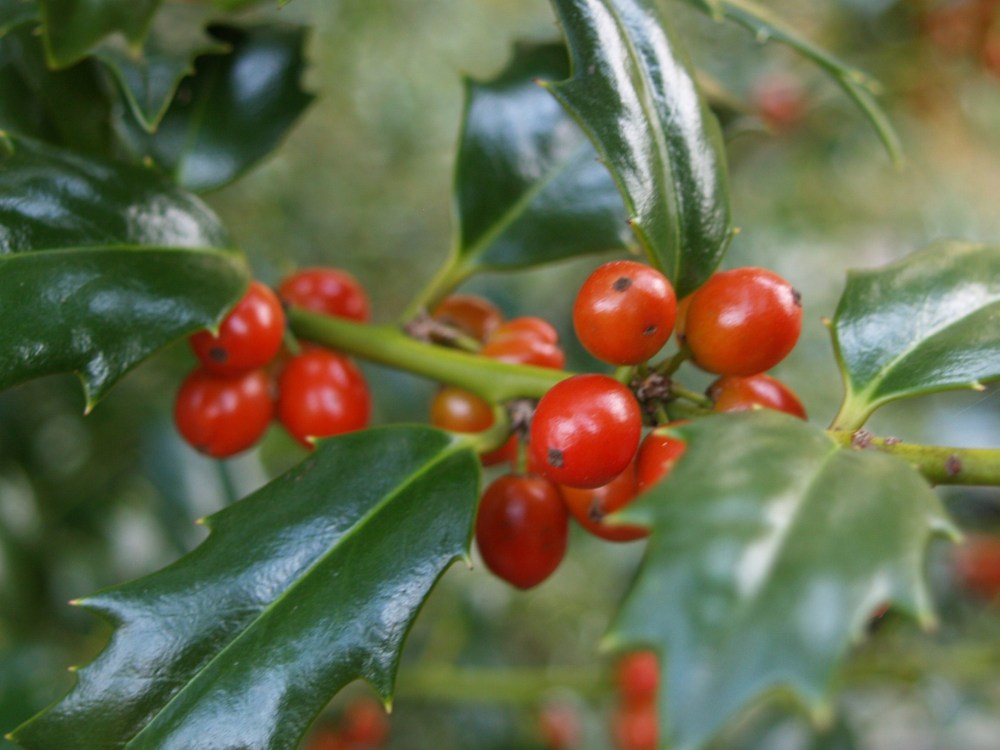
By chance rather than design, hundreds (or thousands) of plants bear an abundance of seeds and berries that attract seemingly every bird from two counties away. Whether splashing about in the shallow water above a pond’s waterfall, or darting from branch to branch, their songs and screeches enliven the garden. These are the garden’s residents, I am only a privileged visitor.
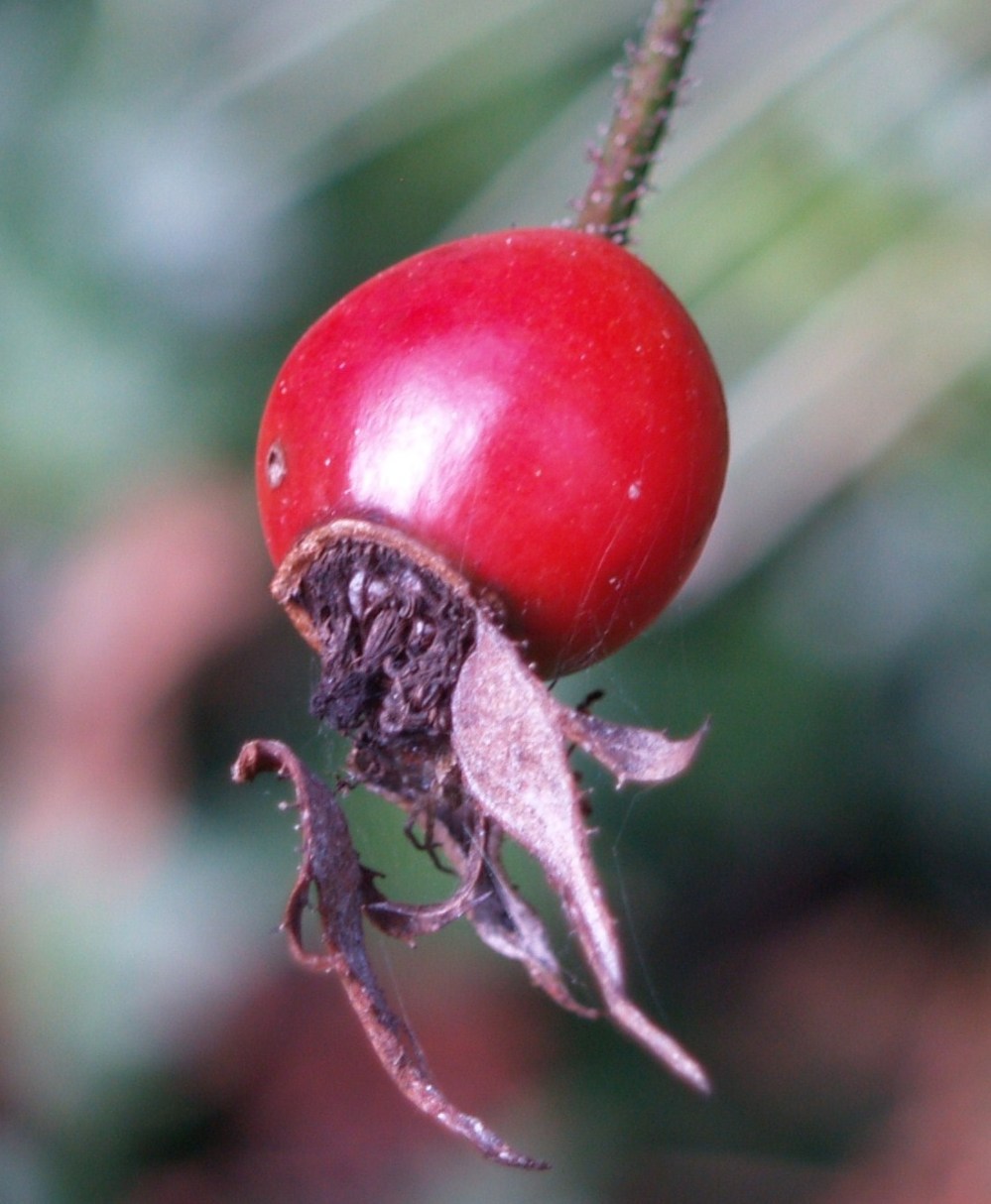
Years ago, my wife and I kept a bird feeder filled off and on through the year, but squirrels became such a nuisance that it remains empty. Today, the garden supplies enough water, shelter, and food to attract birds of every feather, though I am hardly competent to identify one from another beyond the common cardinals and robins, and of course the large herons and hawks are easily identifiable.
I have grown blueberries for longer than a decade, but haven’t harvested one for several years since birds readily feast on the berries as they ripen. I considered covering the bushes with nets, but only for a moment, then resigned to purchase my berries from the grocer.
In late spring the abundant white flowers of serviceberry (Amelanchier canadensis) are followed by clusters of edible berries, but birds assure that not one is picked from the tree that arches from the wood’s edge. The grape-like fruits of mahonias (Mahonia beali, above) seldom last long once they have ripened, and the strawberry-like fruits of Chinese dogwoods (Cornus kousa, fruits below) don’t stay for a day once ripe.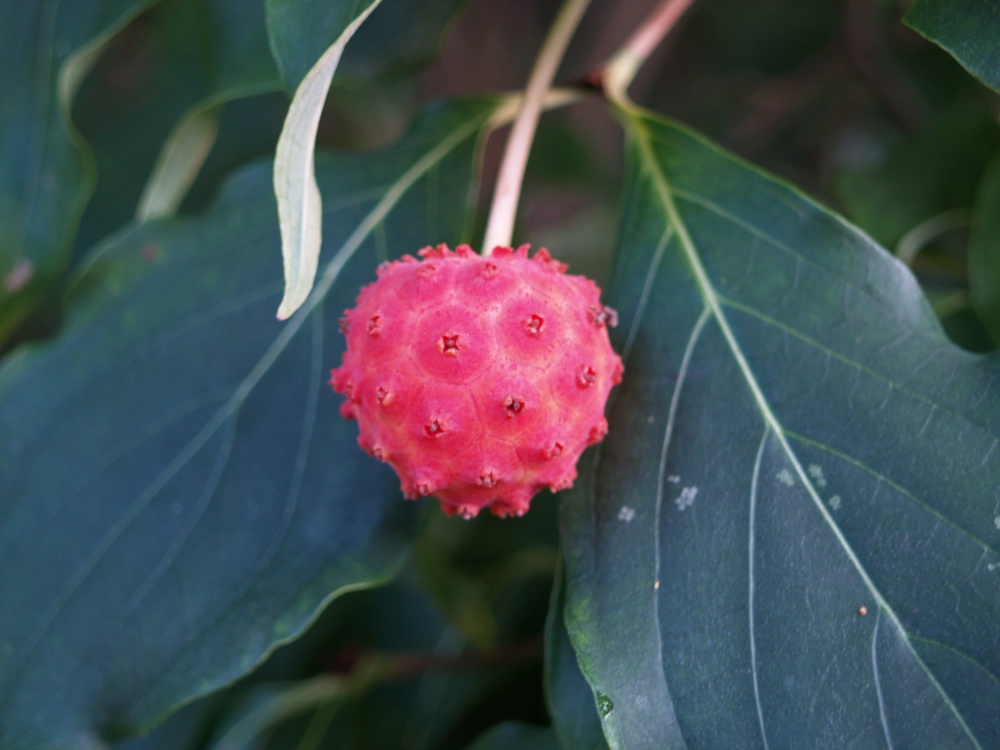
 The berries of the numerous hollies (Ilex verticillata ‘Winterberry’, above) in the garden are turning to red in early autumn, and birds will feast on them through the winter. Seldom do the berries of hollies or the native dogwood (Cornus florida, berries below), or nutritious rose hips persist beyond January.
The berries of the numerous hollies (Ilex verticillata ‘Winterberry’, above) in the garden are turning to red in early autumn, and birds will feast on them through the winter. Seldom do the berries of hollies or the native dogwood (Cornus florida, berries below), or nutritious rose hips persist beyond January.
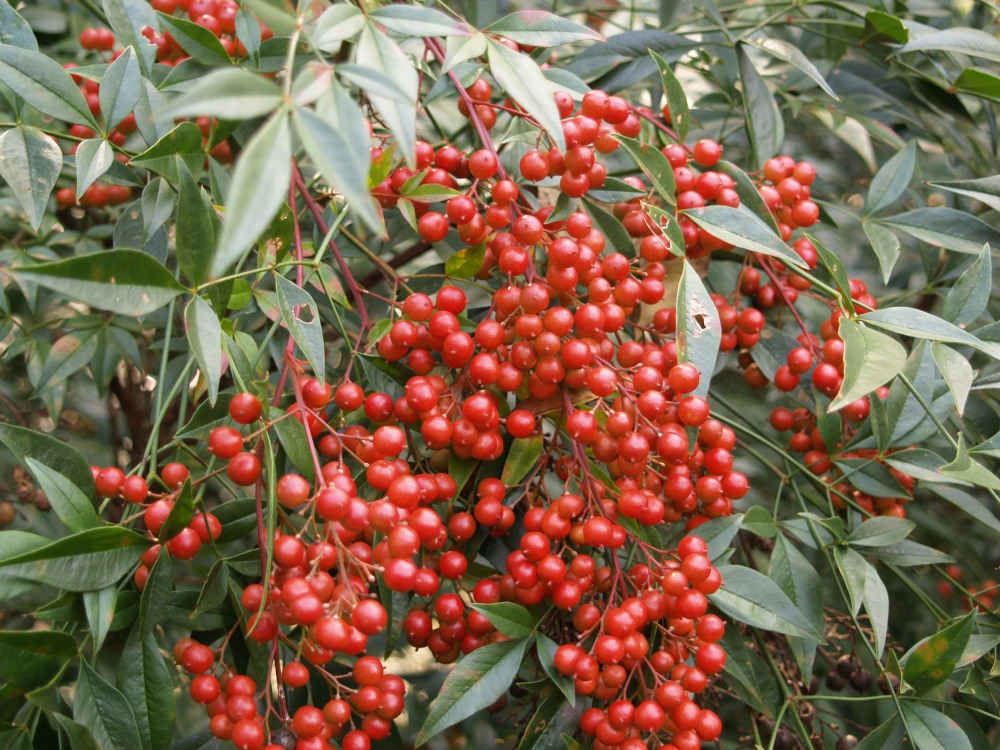 The berries of nandina (Nandina domestica, above) and beautyberry (Callicarpa, below) are bountiful, but less favored by birds, and some will remain in early spring, though birds will consume them reluctantly when other food sources are diminished. With the berries and fruits, and copious quantity of seeds from coneflowers and sunflowers, the birds in this garden can afford to be choosy.
The berries of nandina (Nandina domestica, above) and beautyberry (Callicarpa, below) are bountiful, but less favored by birds, and some will remain in early spring, though birds will consume them reluctantly when other food sources are diminished. With the berries and fruits, and copious quantity of seeds from coneflowers and sunflowers, the birds in this garden can afford to be choosy.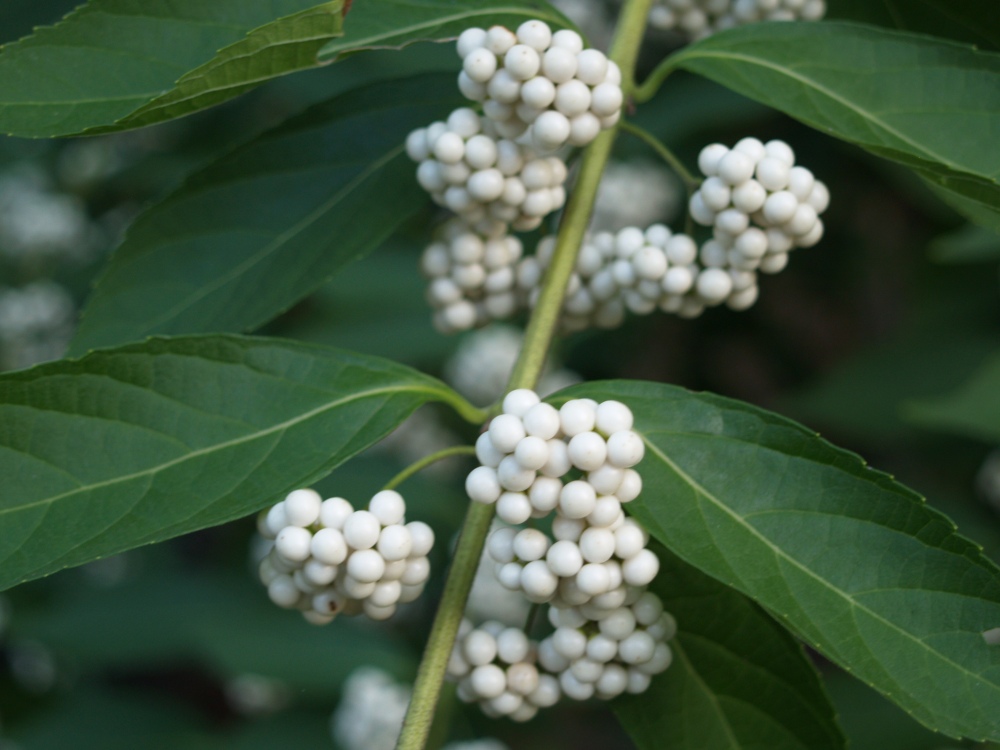
I love reading these rambles! I can only imagine how beautiful the gardens, trees, and ponds must be. The planting scheme sounds an awful lot like mine – a little haphazard, but pleasing to the eye and enjoyed by the wildlife. I would love to see an aerial photo or drawing – it is hard to guess the relationship of the various areas.
Keep up the great columns! With many thanks!
I fear that each time I describe my journey through the garden that I am hopelessly confusing the reader, and of course you have confirmed my suspicion. I have photographed the rear garden from a second story window, and though the garden slopes away from the house so that the view is from thirty feet above, the photos show only a jumble of foliage, and would be worthless for the purpose you suggest. I suspect that a plan of the primary elements in the garden would be enlightening, and perhaps I will undertake this project one winter afternoon.
I enjoy reading these posts on a regular basis and appreciate your advice and ideas that you present to us in the ramblings. I’m new to gardening and have planted a number of plants at our house this year including encore azaleas, rhododendrons, dwarf crepe myrtles, bulbs for the spring, etc. I have a handful of azaleas that have been damaged by insects over the long summer and I’m curious to see what pesticides you use for your plants, how often you use the pesticides, and if it is safe to spray all of your plants, shrubs, flowers with the pesticides. Please let me know if you can be of any assistance or if you have any recommendations or advice. Thanks
The only insecticides that I have used for a number of years are insecticidal soaps every once in a while to control aphids on dwarf crapemyrtles. I have occasionally had a problem with lacebugs on azaleas and pieris, and I’ve lost plants in the past because I didn’t spray, but that’s a rarity. I don’t like to spray insecticides because there are so many beneficial bugs in the garden, and then the birds that eat them, that I’d prefer to take the occasional loss of a plant that can’t survive without spraying.
Most Encore azaleas are very resistant to lacebug, the most common pest on azaleas. Because lacebugs feed on the undersides of leaves they are more difficult to control, so the most effective control is with a systemic that is taken in by the roots, and will usually last through the season so that repeated spraying is not needed. A systemic insecticide applied to azaleas is unlikely to be a problem for other insects since they do not feed on azalea foliage or on the lacebugs.